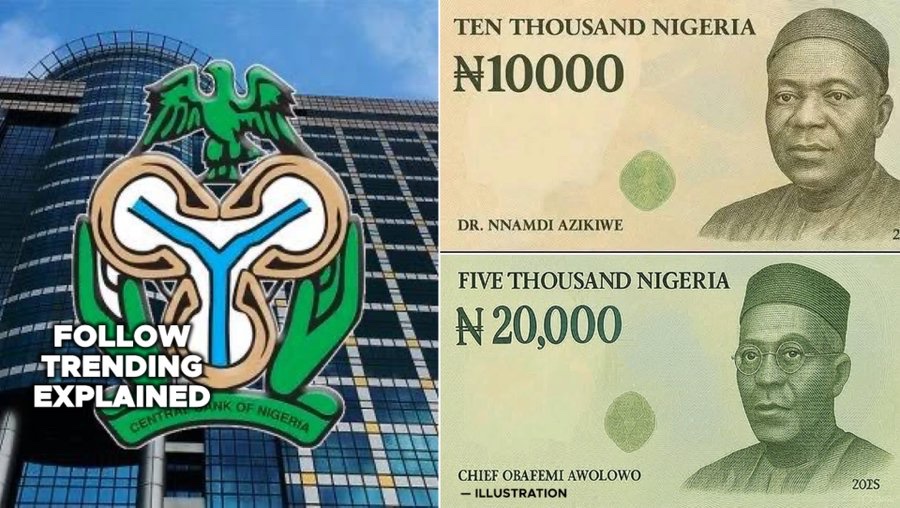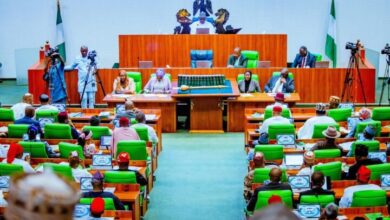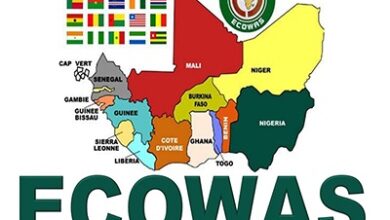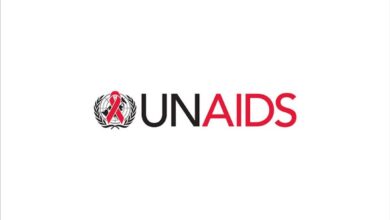A Case for Higher-Denomination Naira Notes
A Case for Higher-Denomination Naira Notes

A Case for Higher-Denomination Naira Notes
A new economic review by Quartus Economics has reignited debate over the structure of Nigeria’s currency. The report urges the Central Bank of Nigeria (CBN) to introduce higher-value notes specifically ₦10,000 and ₦20,000 bills to restore the naira’s portability and ease the rising cost of cash transactions. It is a recommendation that deserves serious consideration, though not without a sober understanding of its implications.
For many Nigerians, the shrinking purchasing power of the naira has become painfully evident. What ₦1,000 could buy a few years ago barely covers half the same basket of goods today. Everyday transactions that once required a few crisp notes now demand bulky wads of cash. Traders, transporters, and small businesses grapple with the inconvenience and security risks of carrying large sums in low-value denominations. The situation undermines confidence in the currency and adds friction to commerce.
Introducing higher-denomination notes could, on the surface, restore some portability to the naira. A ₦10,000 or ₦20,000 note would make large transactions simpler, reduce the strain on cash logistics, and possibly cut the costs banks and businesses incur in handling currency. In an economy where inflation has eroded value, monetary denominations must adapt to reality.
However, there are legitimate concerns. Higher-value notes can be a double-edged sword: they risk fueling inflationary expectations and may be perceived as an official admission of economic weakness. Moreover, they can make money laundering and cash hoarding easier, complicating the CBN’s ongoing efforts to promote transparency and digital payments.
That said, monetary policy should be pragmatic, not sentimental. Denominations must reflect economic realities, not nostalgia for a value long lost. The CBN can mitigate risks through strong anti-money laundering frameworks, improved monitoring of large cash transactions, and continued encouragement of digital alternatives. A balanced approach one that modernizes the currency structure while reinforcing monetary discipline can achieve both convenience and stability.
In the end, the naira’s true strength will not come from the numbers printed on its notes but from the soundness of the economic policies behind them. Yet as long as inflation continues to erode the currency’s real value, a recalibration of denominations may be an unavoidable step toward restoring both efficiency and public confidence in Nigeria’s money.






















